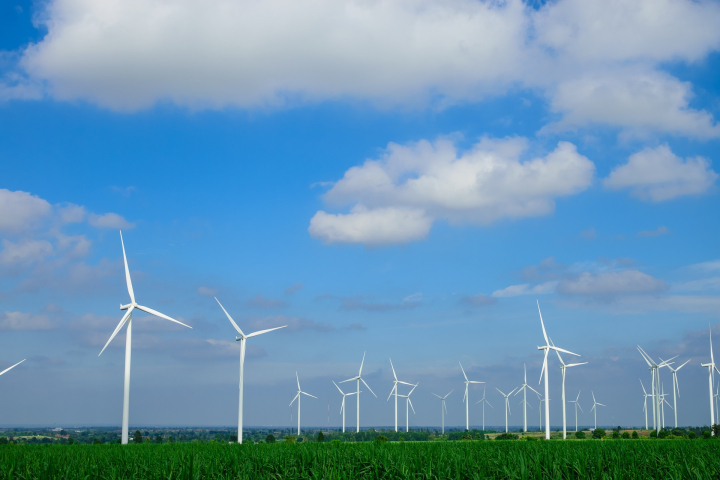Wind energy for Hungary
No wind power plant has been built in Hungary for 11 years, since 2016 they have been prohibited by law. The war in Ukraine is pressing even more for the European nations to be energy independent by increasing the use of local energy sources. To put immediate pressure on Hungarian decision-makers for changes in legislative barriers to build new wind power plants, joint action is needed based on country specific evidences.
The activities of the project supported by the European Climate Foundation:
- Producing short studies with the following topics:
- Wind energy and agriculture;
- Actual rate of return;
- Possibilities of private funding;
- Wind energy vs natural gas in power generation;
- Land use of wind and solar;
- The benefits of parallel wind and solar electricity generation.
- Following the potential changes in legislation and closely monitor any proceeding, deepening personal connections, gathering information.
- Assessing wind power acceptance among municipalities (mayors, urban development staff, local councillors) and mapping their opinions on various setback distances (2 km, 1 km, 500 m etc).
- Round-table discussions on the current status of wind energy, recent technological/societal/legislative developments in Hungary and internationally, recent research and statistics, the Hungarian context, new information in landscape and wildlife protection, financial aspects (return on investment), how to tackle misconceptions related to wind power.
- Producing a policy paper (in cooperation with stakeholders and other environmental NGOs) for decision-makers (especially for the responsible ministry): respected to the short studies, interviews, workshop outcomes on the main benefits of lifting the restrictions concerning new wind power plants in Hungary.
- Organising a conference targeting local municipalities to present the results of activity 3 (research among municipalities), the locally relevant results of the short papers, best practices and wind technology novelties, focusing on both large scale wind technologies: (potential reach: 150 people), in a hybrid offline-online form.






